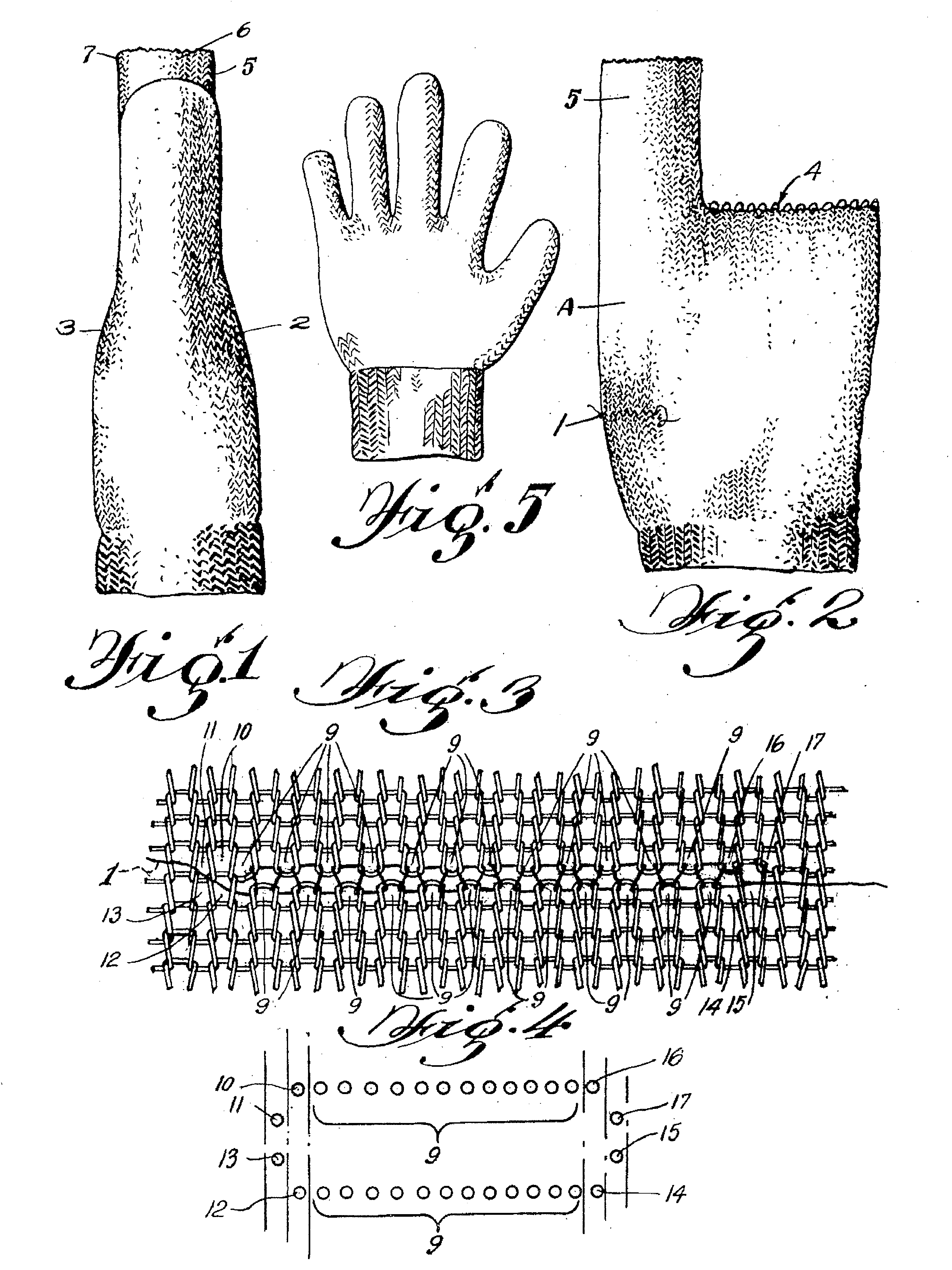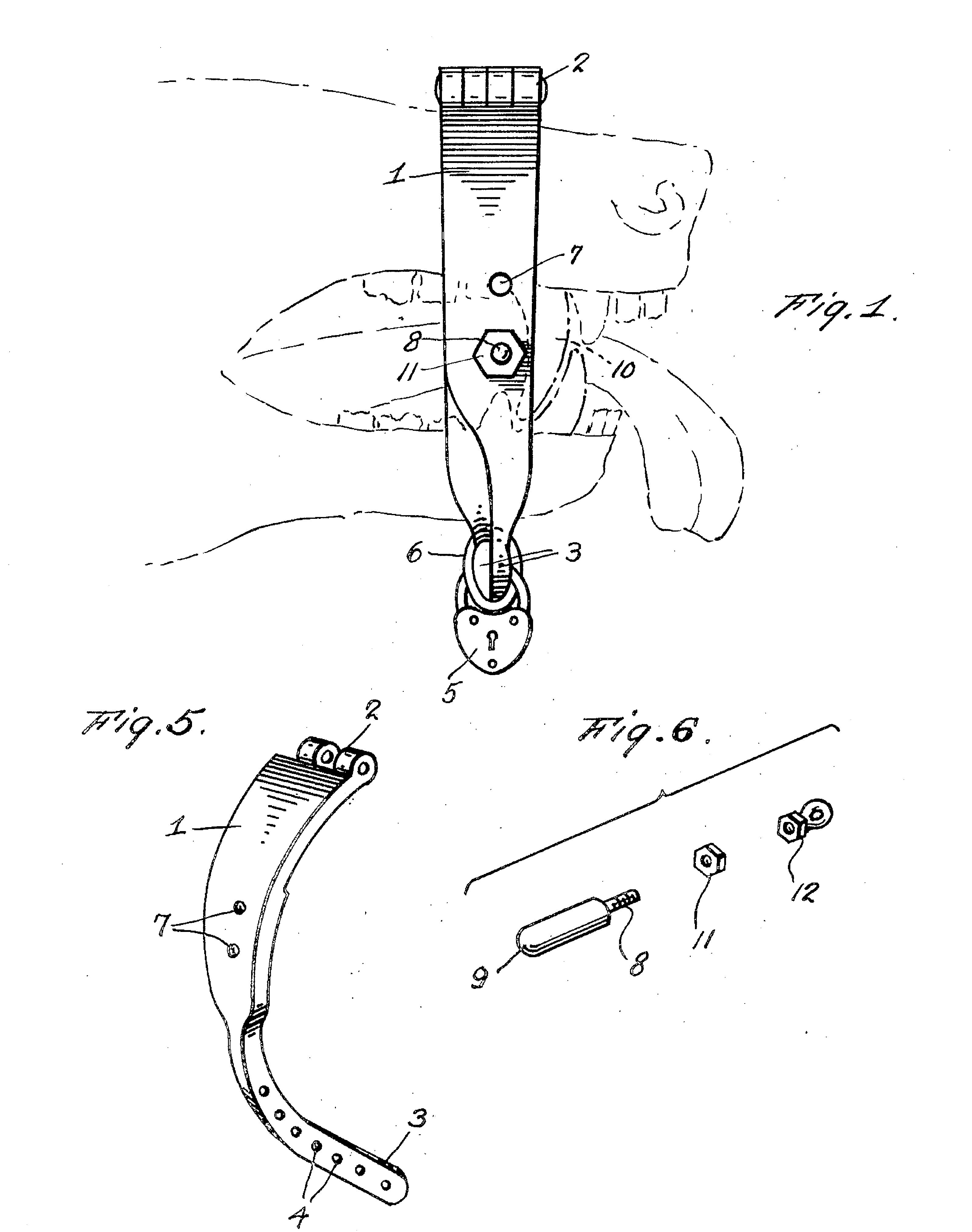Invented In Ballston Spa Press release published by the Ballston Journal, May 2008 Most Ballstonians know that George West invented the first machine that produced square-bottomed paper bags in this village. However, most people probably aren’t aware that a water wheel ranked among the best in the nation was invented and manufactured here. Ballston Spa was also home to the inventor of the first automated knitting machine. These and dozens of other inventions are found in the latest book by local author Timothy Starr, titled “Invented In Ballston Spa.” Throughout much of the nineteenth century, Ballston Spa was home to a wide variety of industry such as hard edge tools, textiles, and paper products. Their success encouraged people to develop and patent innovations that supported these industries. In his 1907 centennial address, Village President Irving Wiswall stated that “the telegraph instrument in universal use today and which supplanted the original Morse machines was the invention of our townsman, Samuel F. Day. The first machine for combining paper with cloth was the invention of one of the proprietors of the Glen Paper Collar Company. The first household clothes-wringers were made in West Milton and sold in Ballston Spa.” Because these industrial-oriented inventions and improvements were so successful, they are the book’s primary focus. The author selected the most important and grouped them by category. Each category contains a brief history and description of the inventions, followed by complete reproductions of the patents. These include Benjamin Barber’s water wheel, Timothy Bailey’s knitting machine, Samuel Day’s telegraph, Horace Medbery’s paper collar machine, and Benjamin Smith’s clothes wringer. Some of the village’s most important manufacturers benefited from local inventions, such as the Ballston Axe & Scythe Works, Bull’s Head Tannery, the Ballston-Stillwater Knitting Company, and the Ballston Refrigerating Company. The Diamond Balance Churn Company owed its very existence to the inventions of Matthew Hoyt. The second part of the book contains about three dozen more inventions that may or may not have related to industry. These are listed chronologically, and contain a summary of each invention and the graphic that accompanied the patent application. Many were related to farming and railroading, both important to the village in those days, but many others were for appliances, entertainment, health, and utilities. Local historians will find a number of well-known names sprinkled throughout the book. Some of these include Dr. Leverett Moore, who practiced medicine for 40 years, tannery manager Matthew Vassar, foundry owner William Namack, prominent attorney Seth Whalen, school administrator Hiram Bulkeley and his newspaper reporter son John Bulkeley, and the man who helped George West create the first designs for his square-bottomed paper bags, Martin V. B. White. The maternal grandfather of “60 Minutes” commentator Andy Rooney patented several inventions during his long residency in the village. Some inventions outlined in the book must be seen to be believed. Charles Heaton of the Allen & Heaton emery factory patented a home remedy for treating bunions. Frederick Streever of the Streever Lumber Company invented an improved dog muzzle. Ivy Howell, one of the few female inventors, patented a directional sign for restrooms. Ernest Peterson invented a keyboard for accordions. Theodore Lipshuts invented a scarecrow that worked by randomly discharging a firearm. With hundreds of inventions to choose from, the author decided to focus on those of the nineteenth century in order to better preserve the history of Ballston’s industrial era. However, several significant inventions from the twentieth century were included, such as those of Tufflite Plastics and the Ackshand Knitting Company, both of which played a significant role in the village’s economy. “Invented In Ballston Spa” is a full-sized, 225 page book that contains descriptions of over 80 inventions. An index of all referenced patents is included, as well as a reproduction of one of the earliest Ballston inventions, Oliver Davidson’s “Door Spring,” patented in 1835. Mr. Starr is currently working on another book on inventions, tentatively titled “Invented In Saratoga County.” This book will feature some of the inventions from Ballston Spa, as well as those from other local towns and villages. Fans of Saratoga County history will be pleased to see chapters on the Button Fire Engine Company, Liberty Wall Paper, the G. F. Harvey Company, the Mt. Pleasant Glass Factory, Tarrant Manufacturing, and the Hudson Pulp & Paper Company. Well-known names will include Ransom Cook (augers), George Crum (“Saratoga Chips”), James McGregor (planing machines), Charles Dowd (Standard Time), and George Batcheller (the Batcheller Mansion). Reproductions of the county’s earliest patents will also be included. The author hopes to have this book finished later in the year. “Invented In Ballston Spa” is now available for sale at the Brookside Museum, home to the Saratoga County Historical Society, located at 6 Charlton Street in this village. This is Mr. Starr’s third book. His first two were released as part of Ballston Spa’s bicentennial celebration last year and are still available in limited quantities at Brookside. For more information on these or other local interest books, contact the museum at 885-4000, or stop in Tuesday through Friday 10-4 or Saturday 10-2.
Left - Albert Ackerman's glove,
sold by the Ackshand Knitting Company.
Article written for Our Towne
This was one of the factors that led Starr to convert his growing collection of research into books, which he hoped would contribute to the dispersion of the area’s history throughout the Town of Milton and beyond. Two books were published during Ballston Spa’s bicentennial in 2007. One was a history of the previously-mentioned Ballston Terminal Railroad that served Ballston Spa, Rock City Falls, and Middle Grove. A companion book followed that detailed the industries served by the railroad along the Kayaderosseras Creek. When Starr discovered that a host of inventions were developed to support these industries, an avenue of history that had never been fully explored before presented itself. “It was amazing to me how many inventions were patented and used during the 1800s in Ballston Spa,” Starr said. While conducting research for a second book on inventions that covered all of Saratoga County, he discovered that Ballston Spa had more patents than any other village in the county except for Saratoga Springs and Waterford. “Inventions usually come from an area that has a mixture of enterprise, wealth, and education. Ballston Spa had all of those qualities throughout the late nineteenth and early twentieth centuries,” Starr said. Only after the factories closed down or were relocated to larger cities did the number of inventions decline precipitously. Although some of the data on inventions was difficult to uncover, particularly for unpatented inventions, Starr felt it was worth the effort. “Invented in Ballston Spa” was released in April and has enjoyed plenty of local interest. Some of the inventions described in the book include patents for the gloves of the Ackshand Knitting Company, tools for the Ballston Axe & Scythe Works and Bull’s Head Tannery, machines for the multitude of paper mills along the creek, and other industrial-related inventions for refrigeration, churns, water wheels, and telegraphs. Dozens of other inventions are summarized in another section of the book, many of which were created by well-known citizens. John Reynolds, grandfather of 60 Minutes commentator Andy Rooney, patented several inventions during his long residency in Ballston Spa. Lumberman and hunter Frederick Streever developed a dog muzzle, William Namack of the well-known Davison & Namack Foundry perfected a brake shoe, and Charles Heaton of the Allen & Heaton emery factory concocted a recipe for treating bunions. Other inventions included a restroom directional sign, a street sweeper, a keyboard for accordions, and a device that scared away birds with gunfire. A complete copy of the earliest Ballston Spa patent – Oliver Davidson’s “Door Spring” which dates back to 1835 – is also included. As part of his research, Starr obtained, organized, and indexed well over 1,000 Saratoga County patents dating from 1830 to the late 1900s. His fourth book, titled “Invented in Saratoga County,” describes such diverse inventions as Lysander Button’s fire engines, Ransom Cook’s auger bit, Ebenezer Holmes’ refrigerated casket, George Crum’s potato chips, and the development of Standard Time by Charles Dowd. All of Starr’s books can be purchased at the Brookside Museum, home of the Saratoga County Historical Society. Starr is a member of the Board of Trustees and often referred to the museum’s vast collection of photographs and data during his research. Among the items he found there was a rare advertising booklet for Benjamin Barber’s patent double-turbine water wheel, sold around the country. Brookside is located at the end of Front Street near the Old Iron Spring. [Home] |

